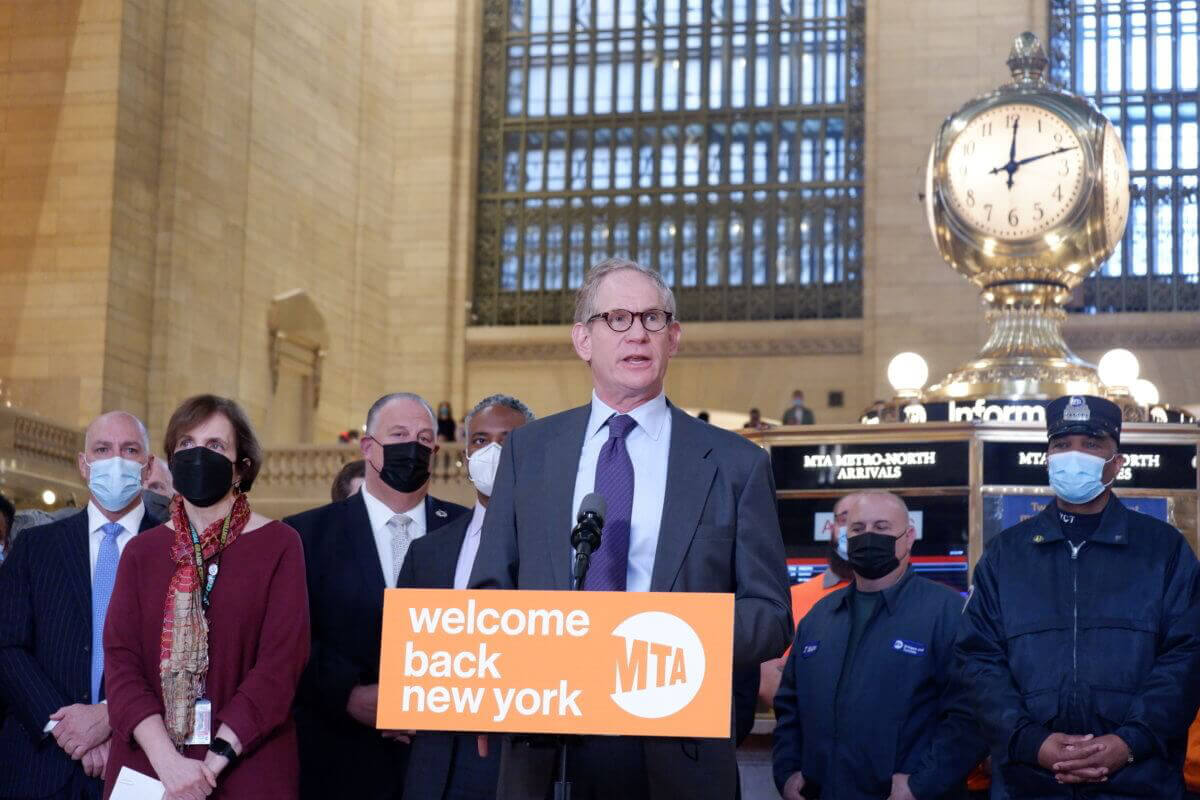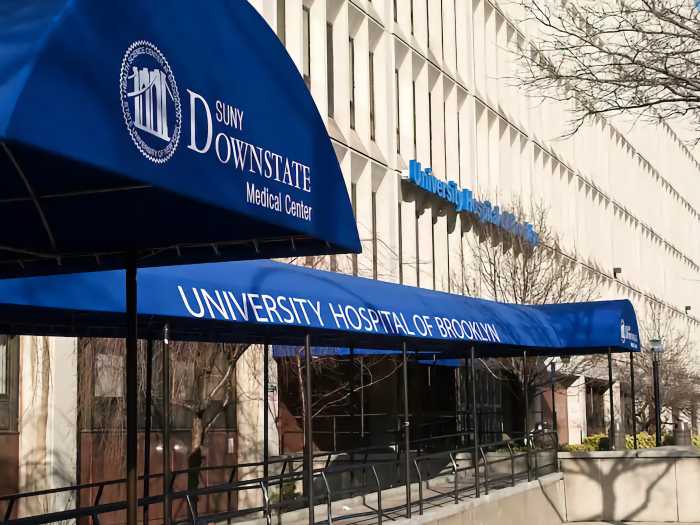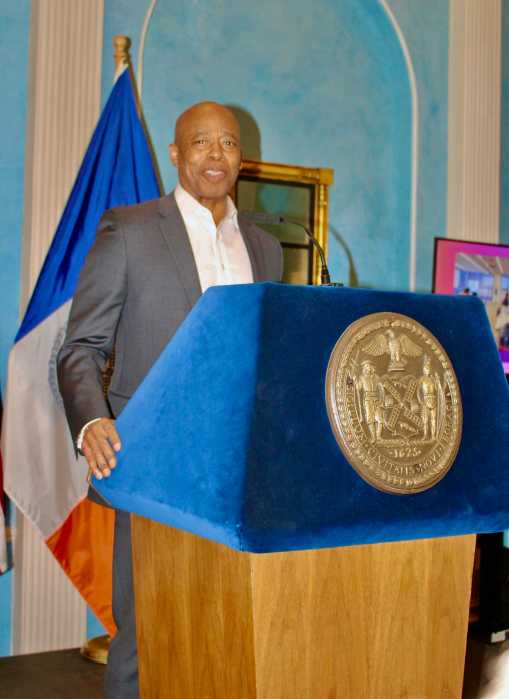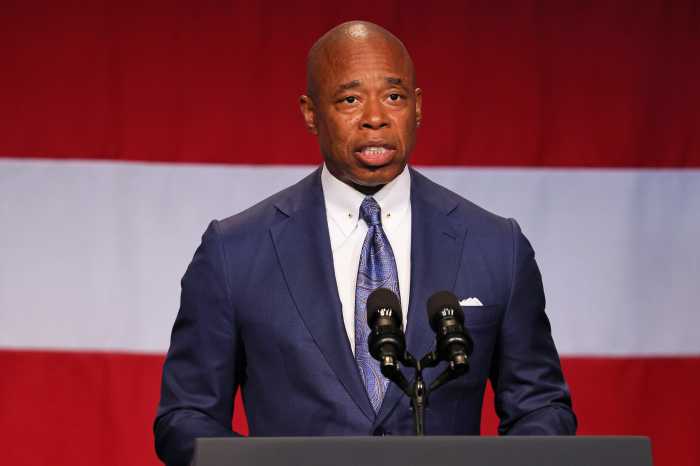Torrential downpours flooded parts of Upper Manhattan and the Bronx last week, submerging major roads throughout the region. Highways became rivers, leaving drivers stranded. By comparison, the transit system – while not immune to flash flooding– weathered the storm a whole lot better.
There were impacts to service, but they were contained. Just eight of 472 subway stations had to be temporarily closed, with suspensions limited to just the extreme northern sections of two lines (the A and 5). Metro-North’s Harlem, Hudson and New Haven lines also experienced high-water conditions and downed trees that disrupted service, but all lines were restored by the morning rush thanks to the hard work of hundreds of frontline MTA workers.
Crews were out in the system all night, removing debris and pumping thousands of gallons of water from the tracks, while our communications team kept customers updated in real-time across the MTA’s digital signage, website, apps, and email alert system. Extreme weather events like this are never easy and will happen again, but the women and men of the MTA workforce always deliver for New Yorkers, and I thank them.
Our quick recovery also benefitted from measures we’ve put in place over the last several years to improve overall storm response and system resiliency. On my first day as Chair and CEO of the MTA, I created a task force on climate resilience that includes our city partners at the NYC Departments of Transportation, Environmental Protection and Emergency Management.
That group has since begun overhauling protocols, and now with notice of incoming storms, we’re able to check pumps and drains at subway stations that have flooded before (although the nature of flash flooding is that future flood locations are somewhat unpredictable). Vents are also covered at select locations, and personnel and equipment are staged for rapid response. Still, we know there’s more we can do to limit our reliance on emergency activation plans, including capital improvements. To name one example, Dyckman Street — which was one of the hardest hit stations last week — is slated for work that will raise vents and a stair landing. NYCDEP is also going to install additional catch basins there to help prevent overflow.
We’re prioritizing coastal flooding protections too, which is a separate issue. We all remember when Superstorm Sandy barraged tunnels with corrosive saltwater, causing $5 billion in damage. In the 10 years since, the MTA has invested $7.6 billion to harden infrastructure across low lying sections of the transportation network – installing flood walls around train yards, upgrading pumping systems, and more. As a result, we’re much better prepared for another extreme weather event because make no mistake, there will increasingly be others.
Mass transit is the antidote to climate change, and all components of our system need to be protected. We will continue working with the City not only to harden our infrastructure, but also expand capacity of the sewer system, so MTA services are less vulnerable to overflow at both the street level and underground – which is what creates some of the geysers and cascades we’ve been seeing in recent years.
Janno Lieber is MTA chair and CEO.



























